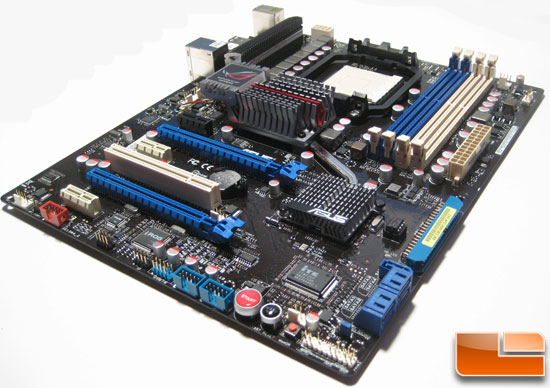The aim of EAX is to create more ambience within computer and video games by more accurately simulating a real-world audio environment. Up to EAX 2.0, the technology was based around the effects engine aboard the EMU10K1 audio chip on Creative Technology's Sound Blaster Live!. The effects engine, an E-mu 8011 DSP integrated into the audio chip, was historically used to enhance MIDI output by adding effects (such as reverb and chorus) to the sampled instruments on sample-based synthesis cards (also known as wavetable). This effects DSP was also present on Creative's cards back to the AWE 32. However, the EMU10K1's DSP was more flexible and was able to produce not only MIDI output but also other outputs, including the digital sound section. A person who has been exposed to MIDI effects processors will quickly recognize the parameters that EAX controls, and the names of many of the presets.
Creative Technology, seeing the rising popularity and marketing significance of having a proprietary sound API, gave the functionality of this effects engine the name EAX. EAX is a library of extensions to Microsoft's DS3D API, adding environmental audio presets to DS3D's audio positioning. Developers taking advantage of EAX choose an environment for their game's setting and the sound card uses the mathematical DSP digital filter presets for that environment. The original EAX was quite primitive, only offering 26 presets and 3 parameters for more accurate adjustment of the listener parameters and 1 parameter for the sources. Each revision of the technology increased the available effects. EAX Advanced HD (also known as EAX 3) and up provide support for new environmental transitions, new effects, and multiple active effects. Further additions include smooth changes between EAX environment presets and audio occlusion effects (that is, a wall between player and sound source).
In addition to hardware devices, Creative also released EAX emulation drivers for computers with only onboard audio.
Basically EAX is a API created and patented by Creative Labs. Think of it as Glide or OpenGL for audio. It's a universal audio processing suite that can be driven either by hardware (as in Creative's EMU20K1 chip) or software. I can't find anything on ASUS's web site that lists whether this is a true hardware feature based on Creative's chip or they simply licensed the software API and have re-branded it as SupremeFX.




